These are some of the Lagoons and Lakes in Ecuador you should definitely vist.
Water is probably one of the most abundant resources in Ecuador. And this turns the country into a natural beauty scenario wherever you look. Mojanda, San Pablo, Quilotoa, Limpiopungo and El Cajas Lake complexes are just a few of the 40lagoons and lakes in Ecuador ideal for an adventurous hike or a kayak ride.
If you are traveling northward, Imbabura, a.k.a. the Province of Lakes, is probably the most re-known lake site, as it hosts plenty of water complexes. Mojanda is the best example, located just at 17 km from Otavalo.
Lakes in Ecuador
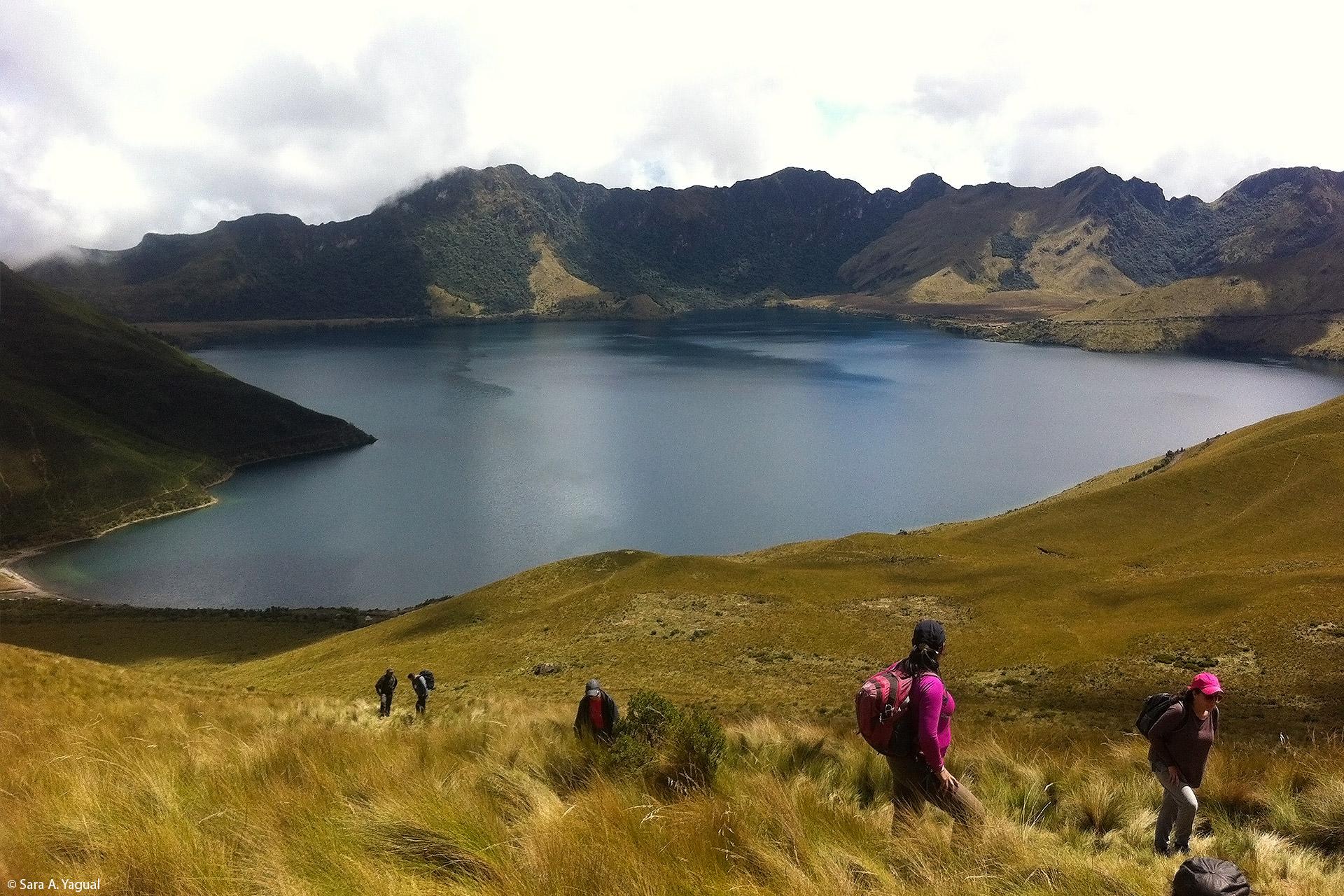
Mojanda has neat options for every traveler. If you are passionate about outdoor sleeping, Mojanda holds various spots for camping. Furthermore, hiking around the ever-beautiful Caricocha Lagoon is always a great idea. On the other hand, if you are more into mountains, the Mojanda Complex is the perfect starting point to ascend Fuya Fuya Volcano (4,286 m) or Cerro Negro (4,260 m).
If visiting Otavalo in a day-trip, Lake San Pablo is a great and close-by option. You will actually catch sight of it from the highway as you enter Imbabura province. There are plenty of hostels and restaurants in the area with a wide range of prices.
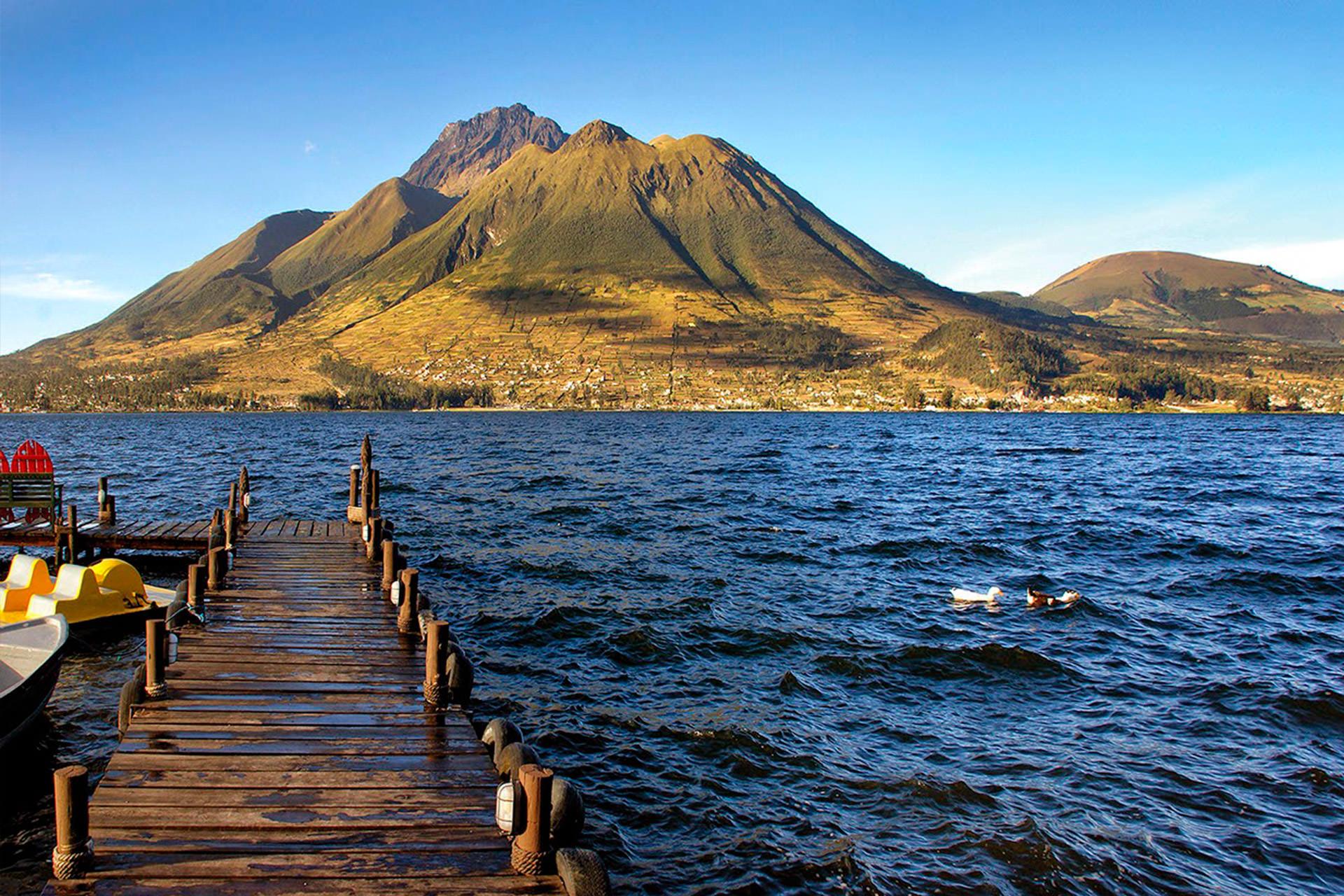
Imbabura Volcano
In the surrounding area you may also visit Araque Water Park, located in the community of the same name. There are boat and kayak trips and horseback rides available; and several local handicraft shops and a food court, with traditional sierra delicacies such as choclo (Andean corn) with cheese, fried pork, and tilapia.
If you are traveling to the southern part of the country, Cotopaxi province holds the most iconic lagoons in Ecuador: Quilotoa and Limpiopungo. The surrounding areas are idea for camping but there are also several hostels and haciendas for lodging.
Limpiopungo is located inside Cotopaxi National Park, and Quilotoa right in the Illinizas Reserve, so make sure you hike along the designated trails and do not throw garbage. In Cotopaxi Park camping is only allowed in Rinconada and in El Caspi control point. Most traveles making a day-trip to Cotopaxi will visit Limpiopungo Lagoon.
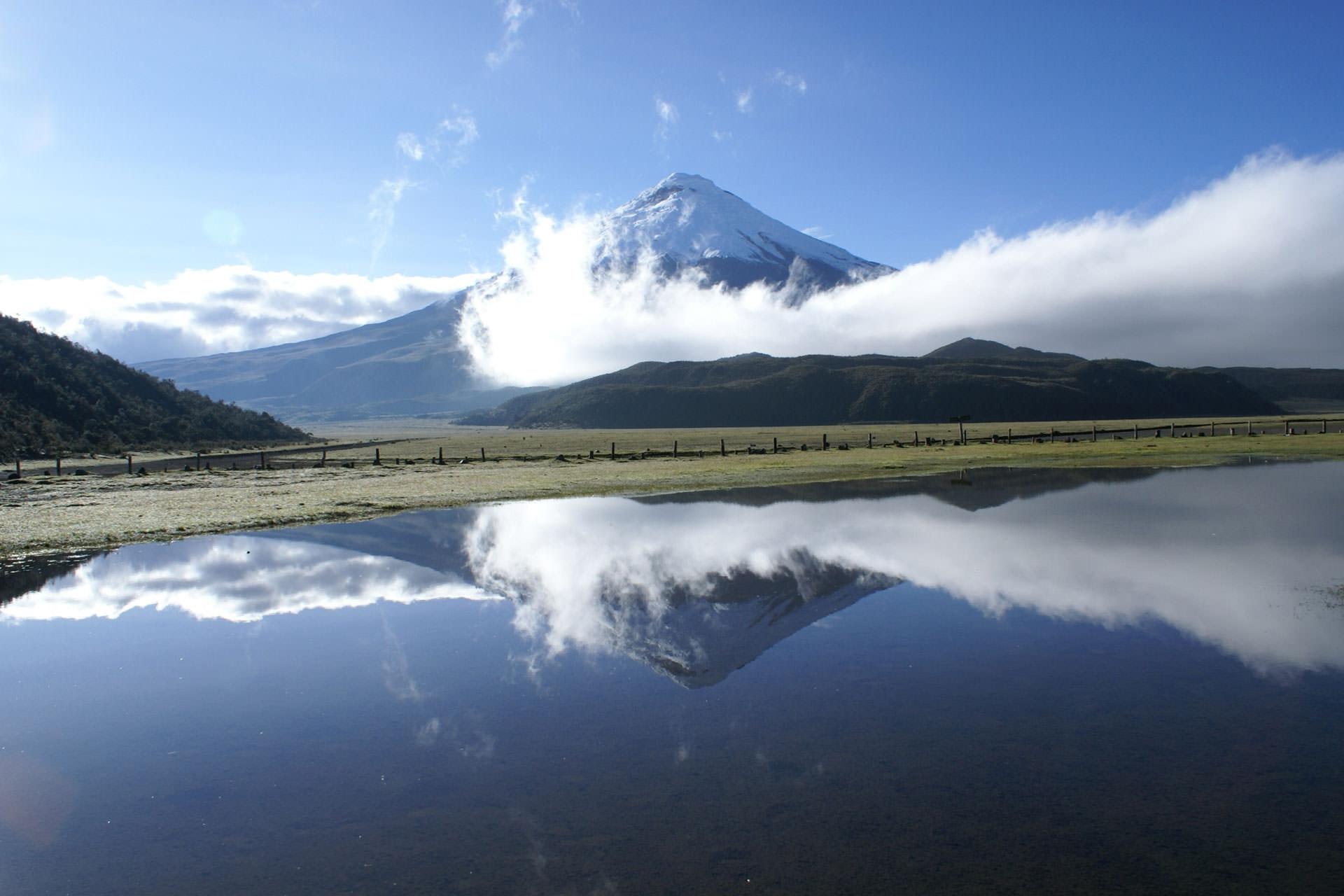
Limpiopungo Lagoon and Cotopaxi Volcano
Southward you may find yourself amazed by the Austro Province, you will find the magnificent view of Cajas National Park, located 35 kilometers from Cuenca. Cajas, recently declared a UNESCO biosphere reserve, includes a number of ecosystems ranging from high mountains down to coastal and marine areas along the Pacific. This probably one of the biggest water reserves in the southern hemisphere holding more that 230 lagoons. The reserve is the ideal for fishing, hiking and birding.
Cajas Park has different hiking routes, but the most common trails leading to amazing lagoo views are Llaviuco, Tres Cruces and La Toreadora. A guide, mountain shoes and walking sticks are essential to hike these trails. For climbing aficionados, there are six easily accessible hills: Llaviuco, San Luis, Guavidula, La Virgen, Tres Cruces and Paraguillas. Due to its accessibility and proximity (one hour of hiking), Llaviuco is the most visited route. The trails will lead you to a lagoon of the same name where you may find shelters to rest. You can make it a full day-trip to Cajas if you don’t feel like camping there.

La Toreadora Lagoon right in El Cajas Complex near Cuenca.
You can get to San Luis from La Toreadora lagoon in a hiking trip that lasts two hours. It takes three hours to access Guavidula, and close-by you may find Tres Cruces viewpoint, which is 4 000 meters high.
To reach Paraguillas you must walk from La Toreadora lagoon, passing by the shrine of Virgin of Machay and Ávilahuayco. And the hill of the Virgin is found the area of the Virgin of Cajas. The climb lasts two hours and you may try trout there, the typical dish. There are several restaurants in there too, so don’t worry, you’ll get some food.
So, now you know all about our favorite lagoon landmarks in Ecuador. Do you have any in mind which we forgot to mention?
Baisc Survival Tips to hike any Ecuadorian Lagoon or Lake:
- A guide is always recommende, you may get aealy lsot in the Ecuadorian Páramo if ypou have low knowledge oj hiking.
- If your are planning to go mountain hiking, or visit certain lagoons ot is recommended to bring food, water and tents, as there are some with no establishments that offer these services.
- When hiking the lagoon. Birng warm clothes (preferably thermal), hiking shoes (preferabñy waterproof), binoculars, windbreaks jackets; and tents, food and firewood to make bonfires (if you are planning to camp).
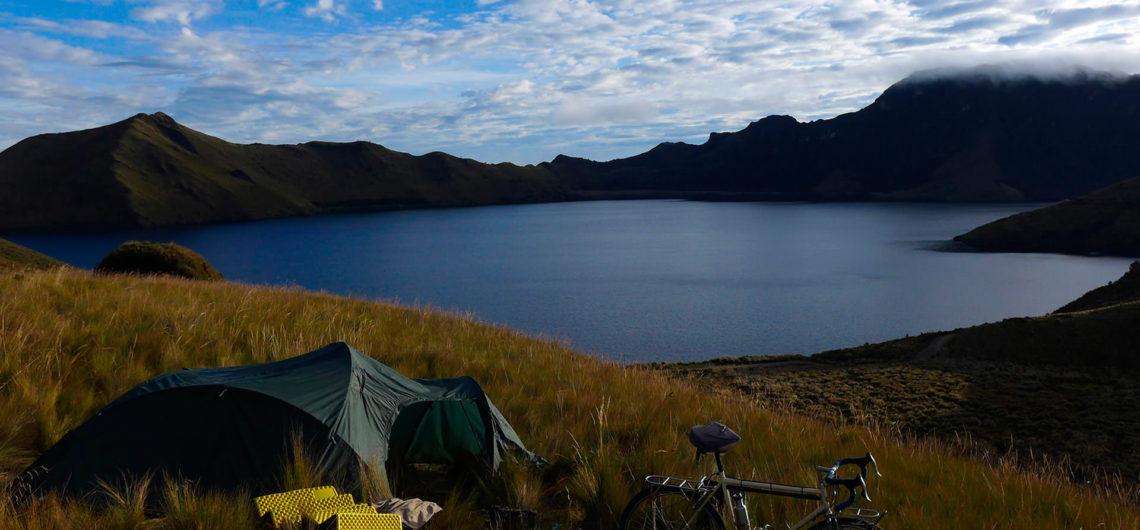

Comments